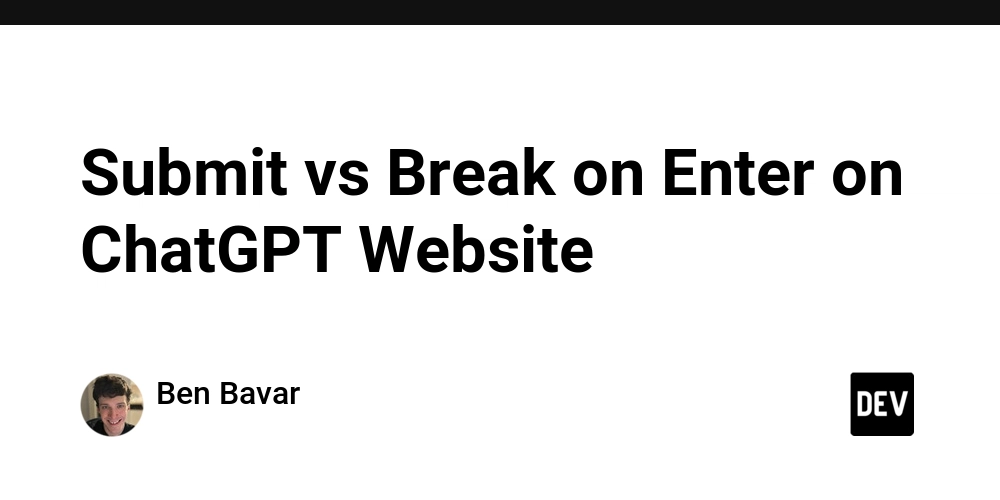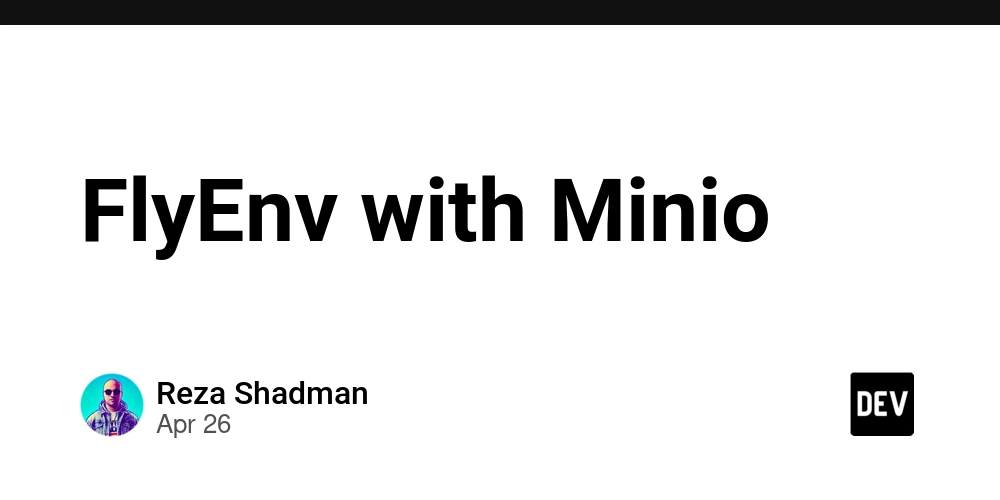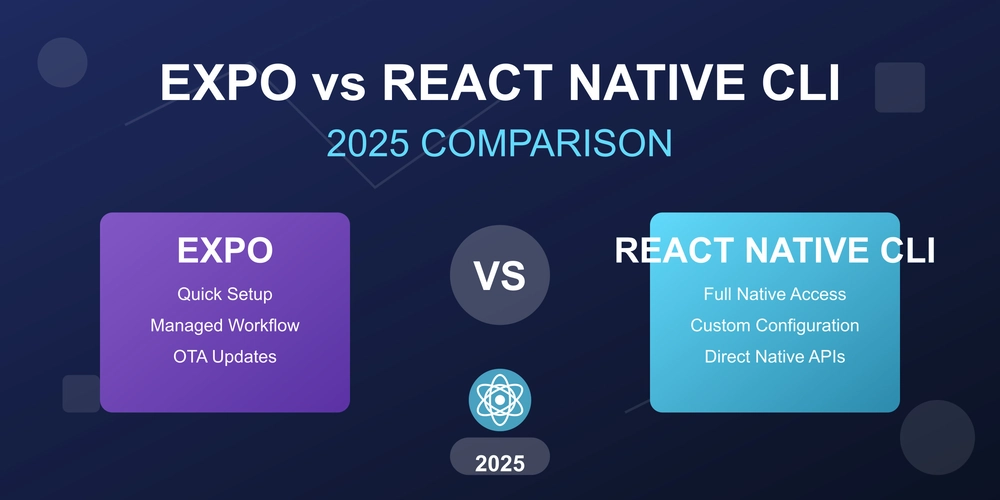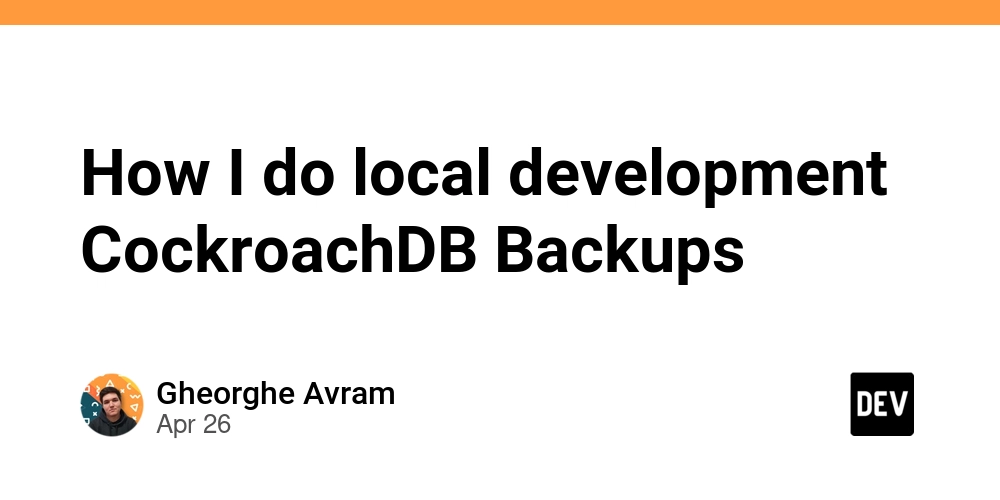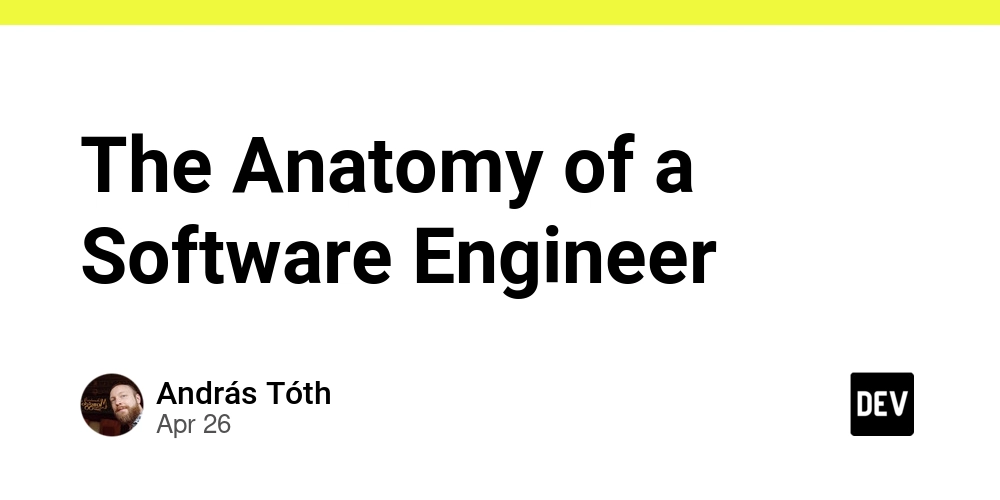
Spotting Fake AI: How to Verify LLMs in Decentralized Networks
Decentralized AI networks are revolutionizing access to large language models (LLMs). But how can you ensure the LLM you're using is the real deal? This article breaks down a novel statistical approach to verify LLMs, ensuring trust and reliability in decentralized AI landscapes.
The Decentralized AI Verification Challenge
Decentralized networks like Gaia empower users to run custom LLMs, offering tailored experiences at lower costs with greater privacy. However, the open nature of these networks brings a critical challenge: How to ensure each node honestly runs the advertised LLM? When thousands of nodes can operate simultaneously, a robust verification mechanism is crucial to identify and penalize dishonest participants using fake AI.
Traditional cryptographic solutions like zero-knowledge proofs and trusted execution environments have limitations in decentralized LLM verification. The high computational cost and complexity of cryptographic methods make them impractical for large-scale use. That's why a new cryptoeconomic approach is needed for decentralized AI verification.
Statistical Analysis: Spotting LLM Imposters
Researchers propose a simple yet effective hypothesis: Analyzing the statistical distribution of LLM responses can detect nodes running different models. The core idea is that honest nodes running the same LLM should produce similar answers, while outliers indicate potential deception.
The statistical verification approach involves:
- Sending questions to nodes.
- Analyzing the answers and transforming them into vector embeddings.
- Measuring the consistency and distance between answer clusters.
This statistical detection hypothesis allows for identifying fake AI and distinguishing between LLMs and knowledge bases by uncovering unique response statistical fingerprints.
Experiment 1: Distinguishing Between LLM Models
The first experiment tested if the system could differentiate between different LLMs. Researchers used three open-source models:
- Llama 3.1 8b (Meta AI)
- Gemma 2 9b (Google)
- Gemma 2 27b (Google)
Each model answered factual questions on science, history, and geography, generating a dataset of responses. The results showed clear statistical differences between the models, confirming that different LLMs have statistically distinguishable response patterns.
Experiment 2: Distinguishing Between Knowledge Bases
The second experiment investigated whether the system could detect differences in knowledge bases. Two nodes were configured with identical Gemma-2-9b LLMs but with different vector databases:
- Knowledge about Paris
- Knowledge about London
The LLMs responded to factual questions about each city. The experiment revealed that even with the same LLM, different knowledge bases produced distinct statistical response patterns.
This shows knowledge bases also leave identifiable fingerprints to help with decentralized AI verification.
Key Considerations for Effective LLM Verification
For robust statistical verification, several factors are important to consider:
- Model Similarity: LLMs from the same family show more similarity.
- Knowledge Base Resemblance: Closely related knowledge bases generate similar answers.
- Question Selection: Varying questions yield different differentiation levels.
These elements highlight the importance of refining question selection and accounting for LLM and knowledge base similarities in decentralized AI verification.
Active Verification System (AVS): A Practical Implementation
Based on these insights, researchers propose an Active Verification System (AVS) for decentralized networks. The AVS features a validator set that polls nodes with random questions and detects statistical outliers.
The system flags nodes based on response patterns (outlier), speed (slow), and errors (timeout, error codes). A key component of the AVS that provides incentives for good behavior and penalizes poor behavior. The rewards and penalties system maintains network integrity and promotes trust in the decentralized AI ecosystem.
The Future of Trustworthy Decentralized AI
Statistical analysis of LLM outputs offers a practical solution for verifying decentralized AI networks. This approach ensures that users receive the expected model capabilities without relying on costly cryptographic proofs. The AVS framework is a significant stride towards building trustworthy decentralized AI systems by combining statistical verification with cryptoeconomic incentives.
By verifying LLMs using statistical analysis, decentralized AI networks can unlock greater privacy, cost-effectiveness, speed, and availability, fostering a more transparent and reliable AI landscape.












